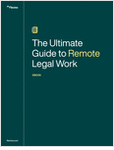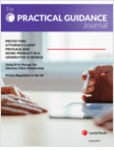A tort reform measure that restricts a tortfeasor’s liability to its actual share of the fault when the culpability has been found to be less than 50 percent applies to cases of common law indemnification, a unanimous New York Court of Appeals held Thursday in overturning downstate and upstate precedent.
The court said the legislative objective behind the Tort Reform Act — “to place the risk of a principally-at-fault but impecunious defendant on those seeking recovery and not on a low-fault, deep pocket defendant” — requires subjecting common law indemnification to the same scrutiny. In Frank v. Meadowlakes Development Corp., 38, it reversed a 3-2 panel of the Appellate Division, 4th Department, and a similar holding from the 1st Department.




